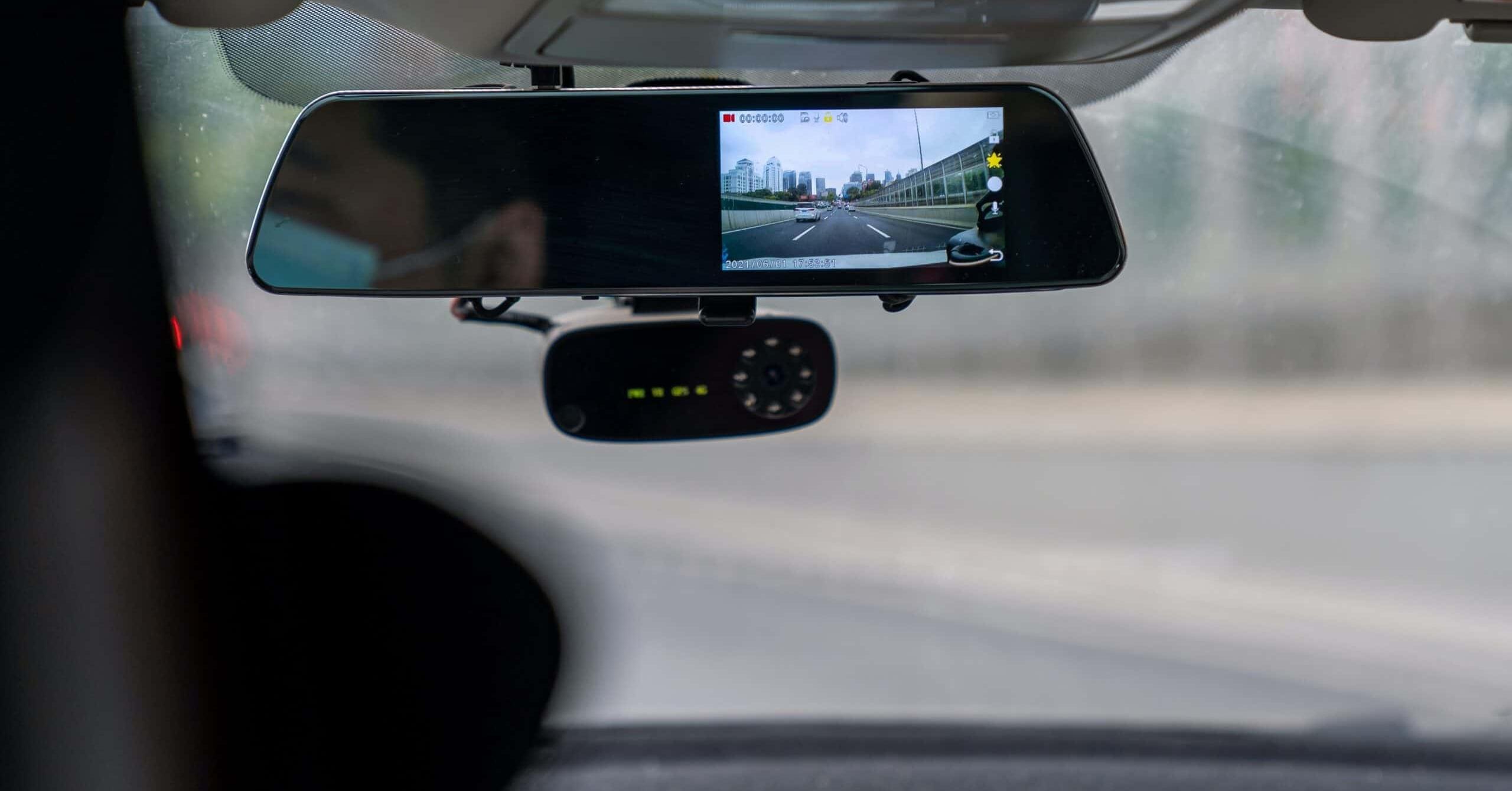Are you curious to know what is loop recording dash cam? You have come to the right place as I am going to tell you everything about loop recording dash cam in a very simple explanation. Without further discussion let’s begin to know what is loop recording dash cam?
As technology continues to advance, our vehicles are becoming smarter, safer, and more connected than ever before. One of the innovations that have gained popularity in recent years is the loop recording dash cam. This unblinking eye on the road offers drivers a range of benefits, from enhanced safety and security to documentation of memorable road trips. In this blog, we’ll explore what a loop recording dash cam is, how it works, and why it’s becoming an essential accessory for modern drivers.
What Is Loop Recording Dash Cam?
A loop recording dash cam, also known as a dashboard camera or dashcam, is a compact and inconspicuous device mounted on the interior of a vehicle’s windshield. Its primary purpose is to continuously record video footage of the road ahead while you drive. These cameras are equipped with wide-angle lenses that capture a broad field of view, making them ideal for documenting road incidents and providing evidence in case of accidents.
How Loop Recording Works?
Loop recording dash cams operate on a simple yet effective principle. Here’s how they work:
- Continuous Recording: Once the dash cam is powered on, it starts recording video footage of the road ahead. This recording is continuous, meaning it captures a series of video clips in a loop.
- Loop Overwriting: To prevent the memory card from running out of storage space, loop recording dash cams overwrite the oldest video clips when the memory card is full. This ensures that the camera can keep recording without interruption.
- Incident Detection: Most modern dash cams are equipped with features like G-sensors or accelerometers that can detect sudden impacts or movements. When an incident is detected, such as a collision or hard braking, the camera automatically saves and locks the current video clip to prevent overwriting.
- Storage Options: Dash cams typically use microSD cards for storing video footage. The capacity of the memory card determines how much footage can be saved before overwriting begins. Larger memory cards provide more storage space.
- Event Recording: Many dash cams allow manual recording, so you can press a button to save the current video clip as an “event.” These event recordings are usually stored separately and not overwritten.
For more information like this visit Weji.
Why Loop Recording Dash Cams Are Popular?
Loop recording dash cams have gained popularity for several compelling reasons:
- Accident Documentation: Dash cams provide indisputable evidence in case of accidents or collisions. This can help with insurance claims and legal disputes, potentially saving time and money.
- Security and Surveillance: Dash cams act as a deterrent against vandalism, theft, and break-ins. Some models offer parking mode, which records when the vehicle is parked and unattended.
- Capture Memories: Dash cams are not just for documenting accidents. They also capture beautiful scenery, wildlife encounters, and memorable road trips, allowing you to relive your adventures.
- Driver Monitoring: Some advanced dash cams come with features like lane departure warnings, collision warnings, and driver fatigue alerts, promoting safer driving practices.
- Easy Installation: Dash cams are relatively easy to install and require minimal maintenance. Once set up, they operate autonomously, requiring little user intervention.
Conclusion
A loop recording dash cam is a valuable addition to any vehicle, offering safety, security, and peace of mind to drivers. It captures the ongoing journey on the road, providing valuable evidence in the event of accidents or incidents. Additionally, it allows drivers to document memorable moments during their travels. As technology continues to evolve, dash cams are becoming more sophisticated, offering a wide range of features to meet the diverse needs of modern drivers. Whether for safety, security, or simply preserving cherished memories, a loop recording dash cam is a valuable investment for any vehicle.
FAQ
Is Loop Recording Good For A Dash Cam?
Loop recording is a feature found in many dash cams that enables the device to automatically overwrite the oldest video files when storage reaches capacity. This ensures that the camera continues to record without any interruptions, even when memory is full.
What Does Loop Recording 3 Minutes Mean?
What is Loop recording? Loop recording is a feature on every dashcam which makes sure that the dashcam can keep recording even when the SD card is full. A dashcam with Loop recording stores the video files on the SD card in shorter fragments, usually 3 or 5 minutes.
What Is 1 Minute Loop Recording?
For example, if the setting for loop recording is “1 Minute”, then the camera will create video clips of 1 minute in length – and a 1 minute clip will be deleted when the the camera needs more memory.
Should I Turn Off Loop Recording?
What Happens if You Turn Loop Recording Off? The loop recording feature is a great option for those who wish to not delete files manually, but there are some instances that you may wish to turn it off. If you choose to do so, then the video files will not be automatically deleted.
I Have Covered All The Following Queries And Topics In The Above Article
What Is Loop Recording On A Dash Cam
What Is Loop Recording On Dash Cam
What Is Loop Recording In Dash Cam
What Is Dash Cam Loop Recording
What Color Is A Rooster Vs Hen
What Color Is A Rooster Or Hen
What Color Is A Chicken
What Color Is Chicken When Cooked
Plumage Pattern In Chicken Male Or Female
What Is Loop Recording Dash Cam
Is loop recording good for a dash cam
What is the loop function on a dash cam
